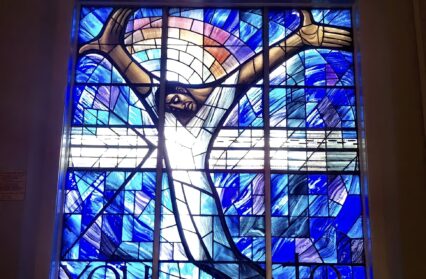Nigel Prince previews this year’s Artes Mundi 10, which with its nation-wide venue collaboration, promises to be the most ambitious iteration of this world-renowned visual arts prize and exhibition yet.
“Artes Mundi 10” (AM10) is a watershed moment for the organisation. We celebrate the past 20 years of working with some of the most exceptional artistic voices of recent times and look ahead to ensuring we remain relevant for the next 20 years.
To mark this 20th anniversary, we for the first time collaborate with five venues across Wales. That Artes Mundi should have a genuine Wales-wide presence was an ambition of our founding chair, William Wilkins. Over the last two decades this has been fulfilled by one-off commissions, projects, partnerships, exhibitions and residencies. Now a distributed exhibition and public engagement programme, plus the associated Artes Mundi Prize, will be presented simultaneously across Wales.
AM10 continues our mission to work with artists who engage in varying ways in their practice with social realities and the “human condition” creating work and presentations that speak to some of the most urgent issues of our time in ways that resonate with us all. It comprises significant solo presentations of new and existing work by seven of the world’s most important international contemporary artists.
We are committed to stimulating, internationally and locally, dialogue and debate that develops a greater understanding of ourselves, of others, and of the relations between familiar and distant cultures. The artists in AM10 – Mounira Al Solh, Rushdi Anwar, Carolina Caycedo, Alia Farid, Taloi Havini, Nguyễn Trinh Thi and Naomi Rincón Gallardo – embody this in their practices.
Across Wales, the interplay between these artists, their individual presentations and the locations examines connections to land, contested territories, conflict and histories, and the repercussions of all of this. They question nationhood, corporate power and its environmental impact, and how these ideas challenge preconceived notions of identity and belonging. The work of these artists holds resonance for us all and provides us the opportunities to share, learn and question.
We also present a work acquired from the very first edition of Artes Mundi in 2002: Snow White by South African artist Berni Searle. Major works and commissions are purchased from each iteration of Artes Mundi through the Derek Williams Trust Artes Mundi Purchase Prize, marking a unique partnership with Amgueddfa Cymru. These acquisitions are one way in which we jointly contribute to developing the national collection of contemporary art for Wales. The continuing and dedicated support from the Derek Williams Trust is instrumental in making this happen.
While the distribution of the exhibition across multiple venues is itself significant, indicating a decentralised and potential future model, this is but one aspect of the AM10 project. We will again produce a robust and far-reaching public programme of events and activities. This will introduce, expand and amplify the themes, ideas and issues present in each artist’s practice, while specifically reaching visitors, audiences, communities and participants in such a way as to reflect the diversity of peoples who contribute to making Wales what it is today as it takes its place on the global stage.
This builds on our ever-expanding activity that reaches participants in a year-round programme beyond the biennial event. It will provide distinctive, creative and imaginative opportunities for all, regardless of age, experience or background, centring creativity and culture within the broader context of everyday life – a core proposition of Artes Mundi.
The partners for AM10 – Chapter, Cardiff; Glynn Vivian Art Gallery, Swansea; Mostyn, Llandudno; National Museum Cardiff; and Oriel Davies Gallery, Newtown, and their community relationships – have generated great conversation, thoughtfulness and company in embracing our plans for our tenth edition. These collaborations exemplify important and considered partnerships towards common goals and mutual benefit.
The artist exhibition locations for AM10 are: Mounira Al Solh, Rushdi Anwar and Alia Farid at National Museum Cardiff; Nguyễn Trinh Thi at Glynn Vivian Art Gallery, Swansea and Chapter, Cardiff; Taloi Havini at Mostyn, Llandudno and Chapter, Cardiff; Carolina Caycedo at Oriel Davies Gallery, Newtown and Chapter, Cardiff; and Naomi Rincón Gallardo at Chapter, Cardiff.
Mounira Al Solh, born and raised in Beirut during the Lebanese civil war, creates work as a form of witness to the stories and lived experiences of those affected by continuing conflicts, oppression, and patriarchal regimes across the Middle East region, particularly focusing on the struggles of women. Informed by her own Lebanese-Syrian heritage, and developing work collaboratively with others, she considers the importance of oral histories and storytelling as a record of these experiences. In contrast, her paintings are a solitary practice whereby clashing realities from within the Arab world playfully emerge, breaking all borders.
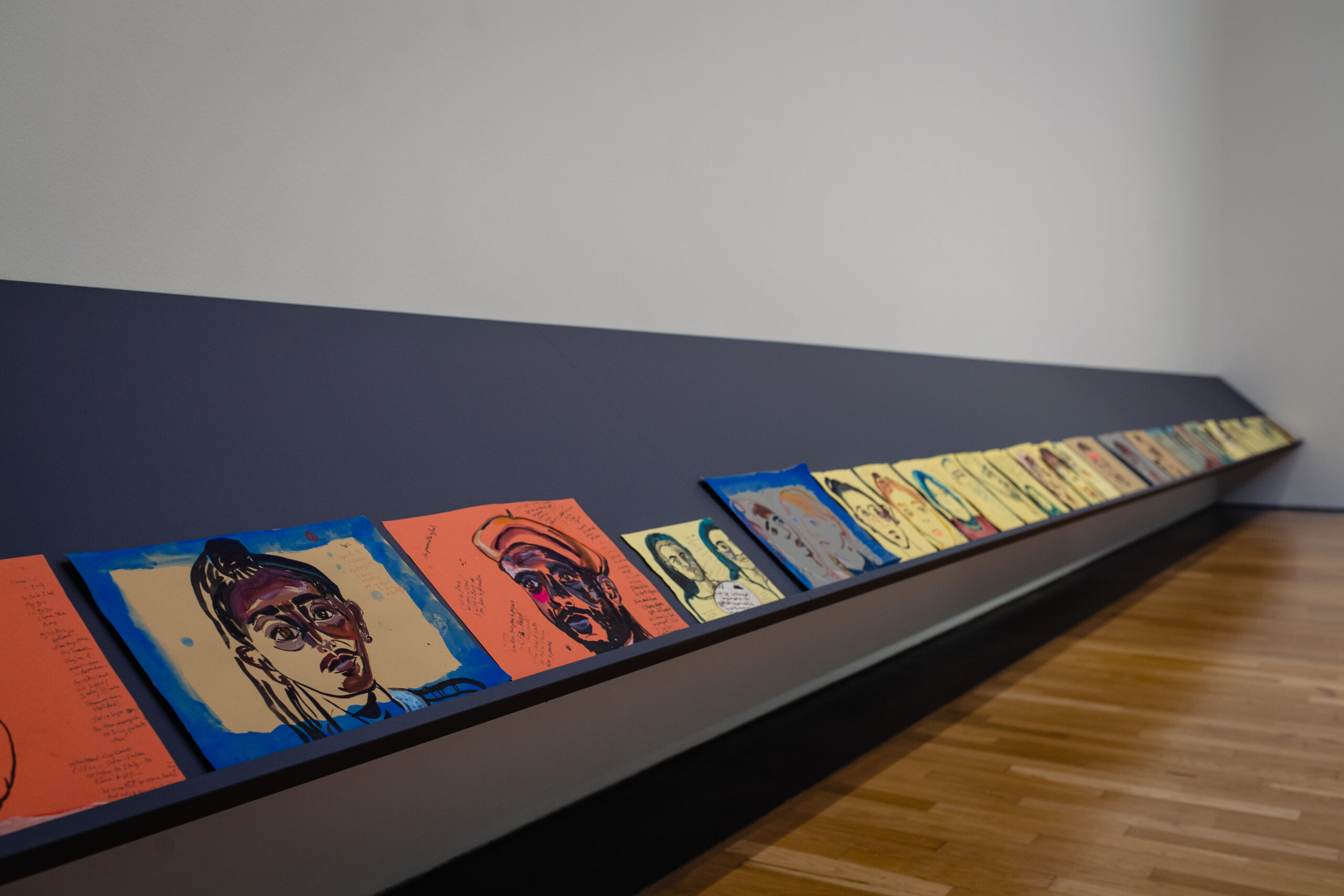
Originally from Halabja, Kurdistan (Kurdistan-Iraq), Rushdi Anwar draws from personal experiences and memories, to poetically reflect on contemporary issues of displacement, identity, conflict and trauma endured under colonial and ideological regimes. Based on his background as a Kurd, who has lived through the recent violence of this region, his works reference both current and historical geopolitical unrest through form, material and processes of making, recalling the everyday plight of socio-political persecution, and bringing this into relation with a wider network of human experiences and questions.
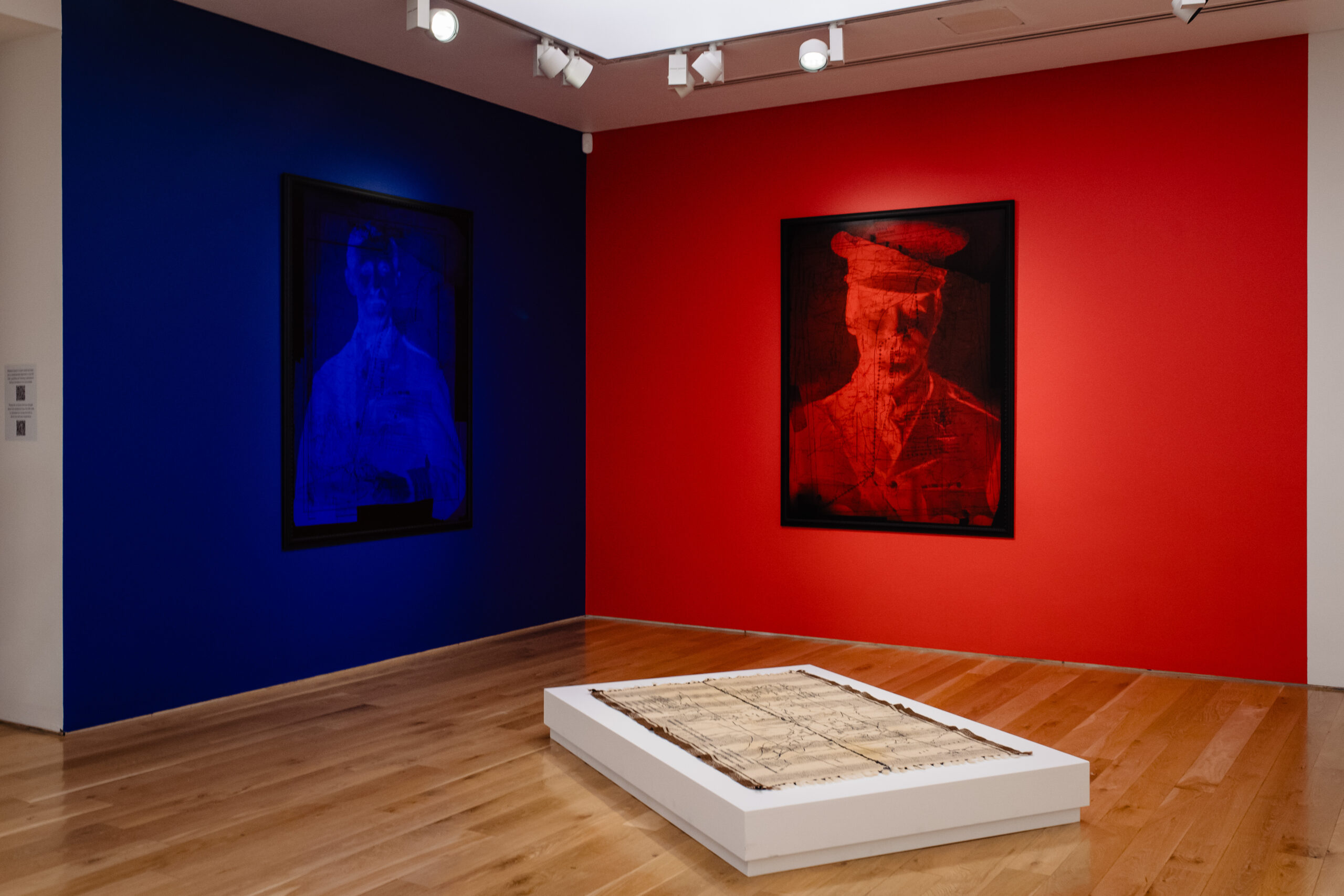
Visitors first encounter a major work by Anwar, We have found in the ashes what we have lost in the fire, (2016), a series of 12 charred boxes on steel plinths containing fragments of burnt photographs encased in resin. The images were taken by the artist of the remains of the main church in Bashiqa, which was destroyed and looted by Islamic State-ISIS. The geometric Islamic patterns on the open lids of the boxes refers to a particular historical period during the Muslim conquest of Spain (Al-Andalus) (711-1492) – arguably the first time when the East met the West in the context of religion and culture.
Other works presented form part of a new body of work, ‘A Hope and Peace to End All Hope and Peace’ (2023 – ongoing), which collectively examine the past and current continuing histories of conflict and colonial legacies around the Middle Eastern region. Anwar lives and works between Thailand and Australia.
Alia Farid focuses on lesser-known events, often deliberately erased. Sculptural works investigate the mismanagement of natural resources and the impact of extractive industries on the land, ecology and the social fabric of southern Iraq and Kuwait, while video works create intimate portraits of individuals as they weave together social connections to resist and overcome adversity within these contexts and the rise of a new materialism created by an oil centred economy. Rooted in her own family history, Farid’s practice addresses how this intersects with the social and political history of the region to transcend national and ideological boundaries.
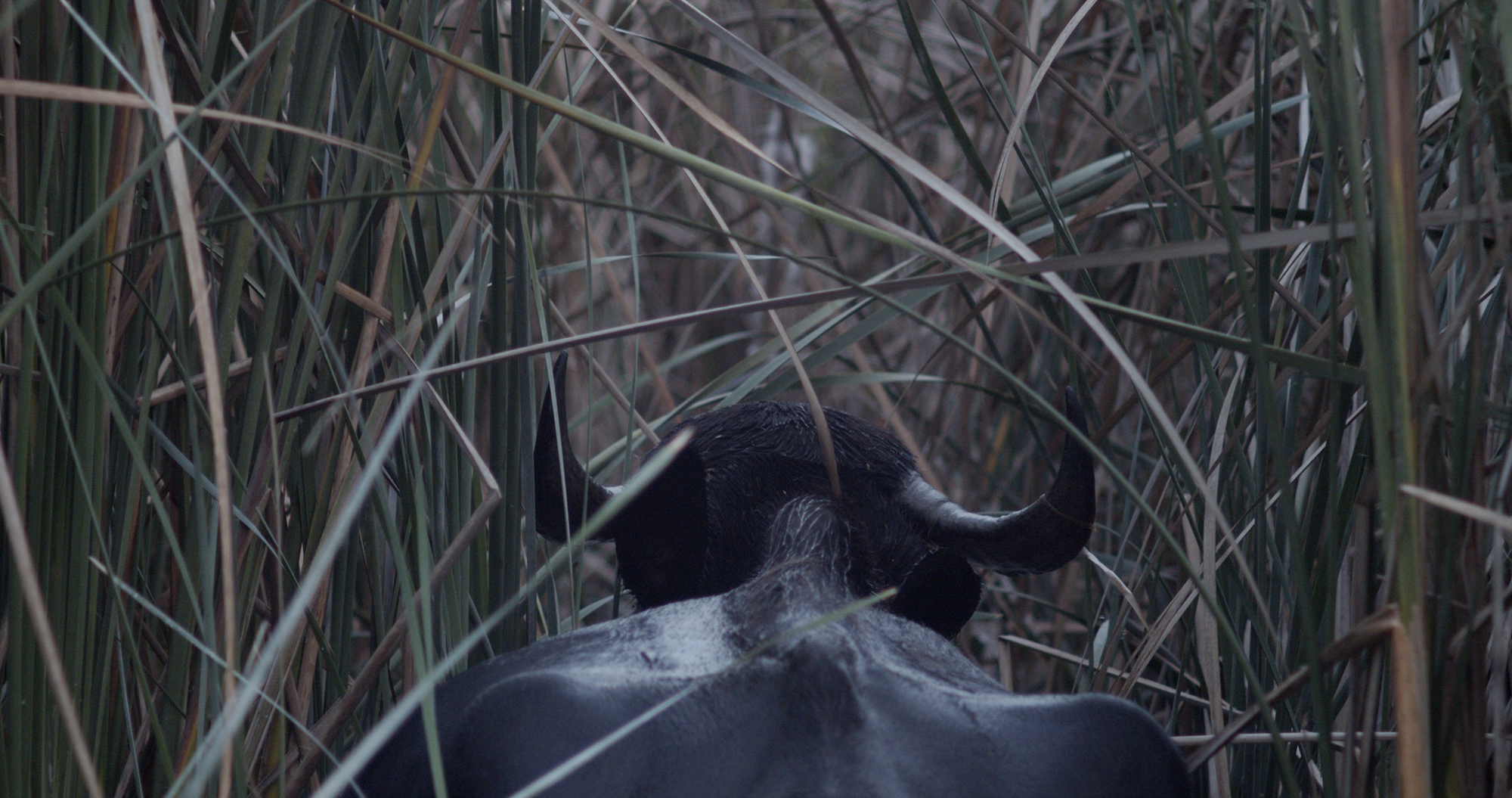
In Lieu of What Is (2022) comprises five large-scale sculptural elements made in fibreglass – a byproduct of oil – each sculpture shaped like various water vessels. There is a small sink inbuilt into a side of each sculpture’s resin surface, revealing the original purpose of the moulds as large public drinking fountains seen across Kuwaiti cities—an aesthetic and functional update to the traditional village well. Conceptually, the artwork touches on the exploitation of the remaining natural resources in the Arabian Gulf and a glimpse into the environmental consequences of unchecked human activity in a different corner of the world.
Alongside this is presented Chibayish (2022) and the premiere of Chibayish (2023). Filmed at the confluence of the Tigris and Euphrates rivers, the film records the artist’s interactions with three young marshland residents: Riad Samir and Jassim and Qassim Mohammed. It includes footage of them caring for a water buffalo, describing their geography, naming members of the community, and traversing a marsh engulfed by oil infrastructure and industrial waste.
Farid lives and works between Kuwait City and Puerto Rico.
Traversing boundaries between film, installation and performance, Nguyễn Trinh Thi explores the power of sound and listening, and investigates the role of memory in the necessary unveiling of hidden or displaced histories. At Glynn Vivian, And They Die a Natural Death (2022) takes inspiration from a scene of the shooting of prisoners in a wild chillies forest, recounted in the autobiographical novel ‘Tale Told in the Year 2000’ by Vietnamese writer Bùi Ngọc Tấn. Shadow play and sound from custom-built bamboo flutes is poignantly created via an automated system of controllers which retrieve live wind data from a sensor installed in Tam Đảo forest, where the writer’s detention camp used to be. A selection of Nguyễn’s films will be presented as screening events in the cinema at Chapter and at Glynn Vivian. Nguyễn lives and works in Hanoi, Vietnam.
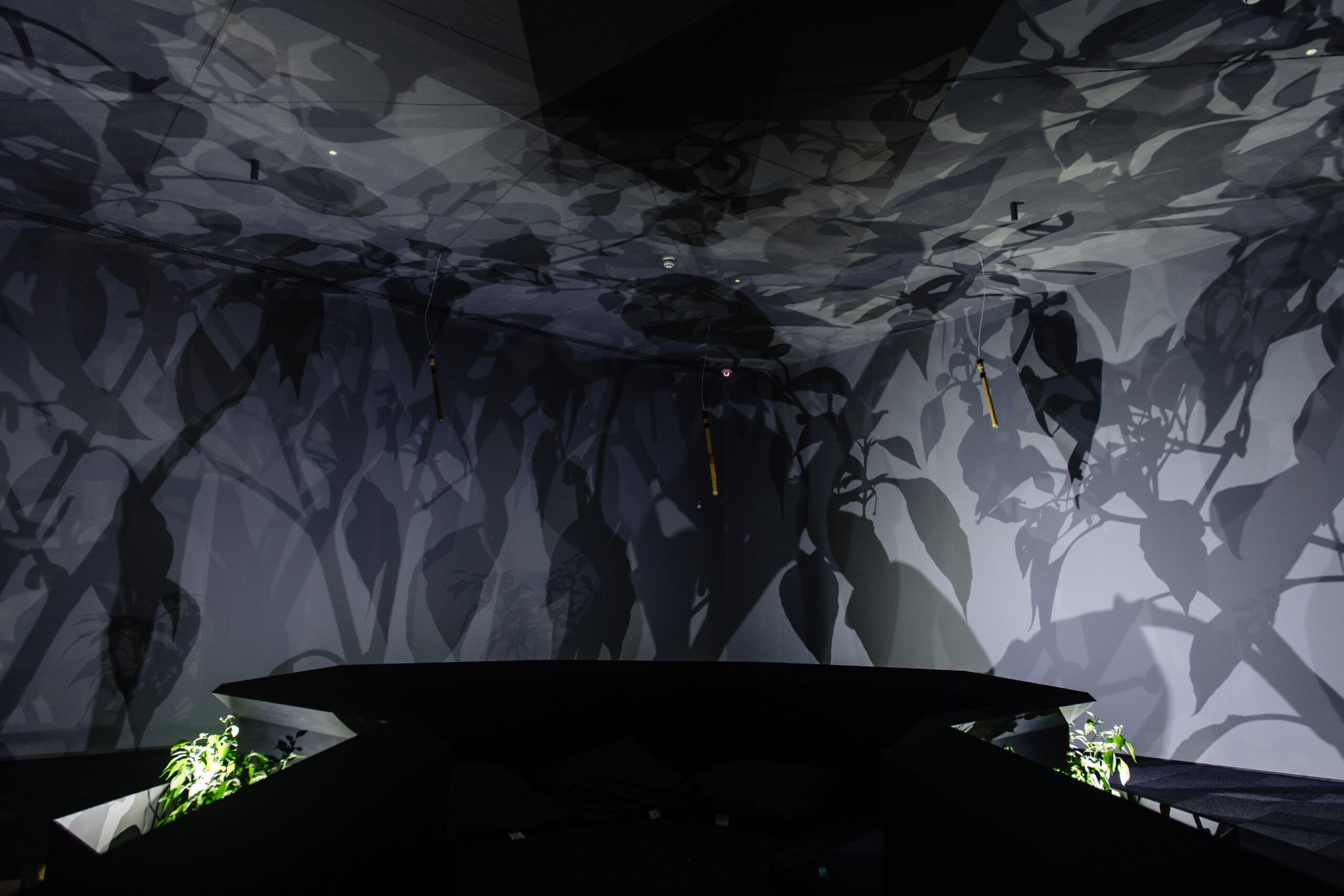
At Mostyn, Havini is presenting two major works. Where the rivers flow (Panguna, Jaba, Pangara, Konawiru), 2023 comprises 40 new prints extracted from the artist’s digital archive displayed in a single line. Beginning on the edge of the open-cut copper mine in Panguna, this series focuses on the degraded state of the region’s environment and the negative effects this has had on the lives of people who live within and depend upon it.
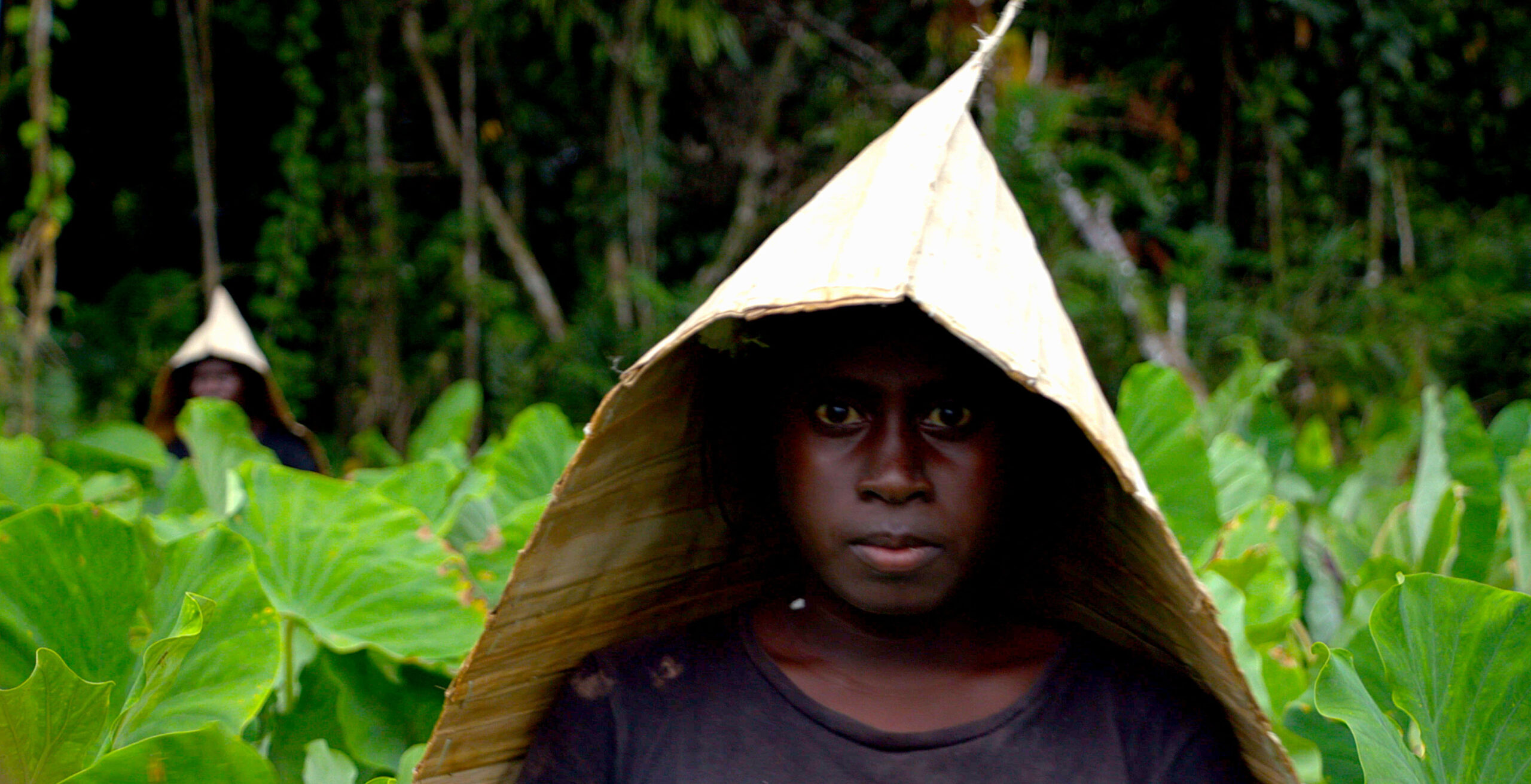
Where the rivers flow extends beyond the frames filmed in her Habitat series, a commitment to documenting and bearing witness to the ongoing environmental impacts to freshwater rivers from open-cut mining.
We are presenting the three-channel video installation of Habitat which explores intersections of history, the environment and nation-building within the matrilineal social structures of Taloi Havini’s birthplace, the Autonomous Region of Bougainville. Beginning in Konawiru, this travelogue wanders through the labyrinthine Jaba River delta, a region belonging to local Nagovis people, and ascends to Moroni Valley, location of the notorious abandoned Panguna copper mine. Situated atop Crown Prince Range, this area was customarily associated with local Moroni people.
In a textbook case of economic imperialism, the land was compulsorily acquired in 1969 by the PNG Government, which then formed a joint venture with Australian mining company Conzinc Rio Tinto. Operating until 1989, the mine was forced to close when a local resistance movement sabotaged its ore extraction equipment and water and electricity supplies.
Havini lives and works in Brisbane, Australia.
Process and participation are central to Carolina Caycedo’s practice. Embodied knowledge and feminist frameworks are woven through extensive research and fieldwork into art that celebrates the lives and efforts of those on the frontlines of environmental struggles, both past and present. Caycedo summons common goods and collective bodies as guides, embracing resistance and solidarity towards a just energy transition; we are invited to relate to nature not as a resource to be exploited, but as a living and spiritual entity that connects people beyond borders.
At Oriel Davies Gallery, we present a selection of new and recent works in the gallery and on the outside of the building including video, textiles, drawings and sculpture. These include two UK premieres of two new video pieces, Reciprocal Sacrifice and Fuel to Fire.
In her practice, Caycedo often makes explicit reference to women-lead environmental justice movements. The series of Plant Portrait vinyls on the exterior doors of Oriel Davies Gallery is complemented with two text based works featuring quotes from the historical Greenham Common Peace Camp banners installed in the gallery, which are on loan from the Peace Museum and Thalia Campbell Design. In 1981, the Welsh group “Women for Life on Earth” marched from Cardiff to Greenham Common in Berkshire, England, to challenge the decision to site 96 nuclear cruise missiles there. On arrival, they delivered a letter to the Base Commander which among other things stated, ‘We fear for the future of all our children and for the future of the living world which is the basis of all life’.
Other works presented include the large-scale coloured pencil Mineral Intensive drawings which represent six critical minerals included in The World Bank’s 2020 report, Minerals for Climate Action: The Mineral Intensity of the Clean Energy Transition. Their analysis suggests that the extraction of minerals could increase 500% by 2050, to meet the growing demand for clean energy technologies. Caycedo’s drawing series, Mineral Intensive illustrates the multiple scenes of labour, environmental extraction, and the energy conversion processes, required to decarbonise the Global North at expense of the Global South.
Caycedo lives and works in Los Angeles, USA.
Naomi Rincón Gallardo works within decolonial feminisms and queer of colour critique to develop critical-mythical works that address the creation of speculative counter-worlds in neocolonial settings. Presented at Chapter is the ‘Tzitzimime Trilogy’ of video works alongside related watercolours and sculptures. Tzitzimime are female deities in the Mesoamerican cosmos, feared for their ability to descend to Earth and devour men during solar eclipses, when it was thought darkness would prevail forever. Rincón Gallardo combines surrealist DIY aesthetics, Mesoamerican bastardised myths, music, performances, s hand-made sculptural props and humour to generate potent fables in exuberant non-normative ways.
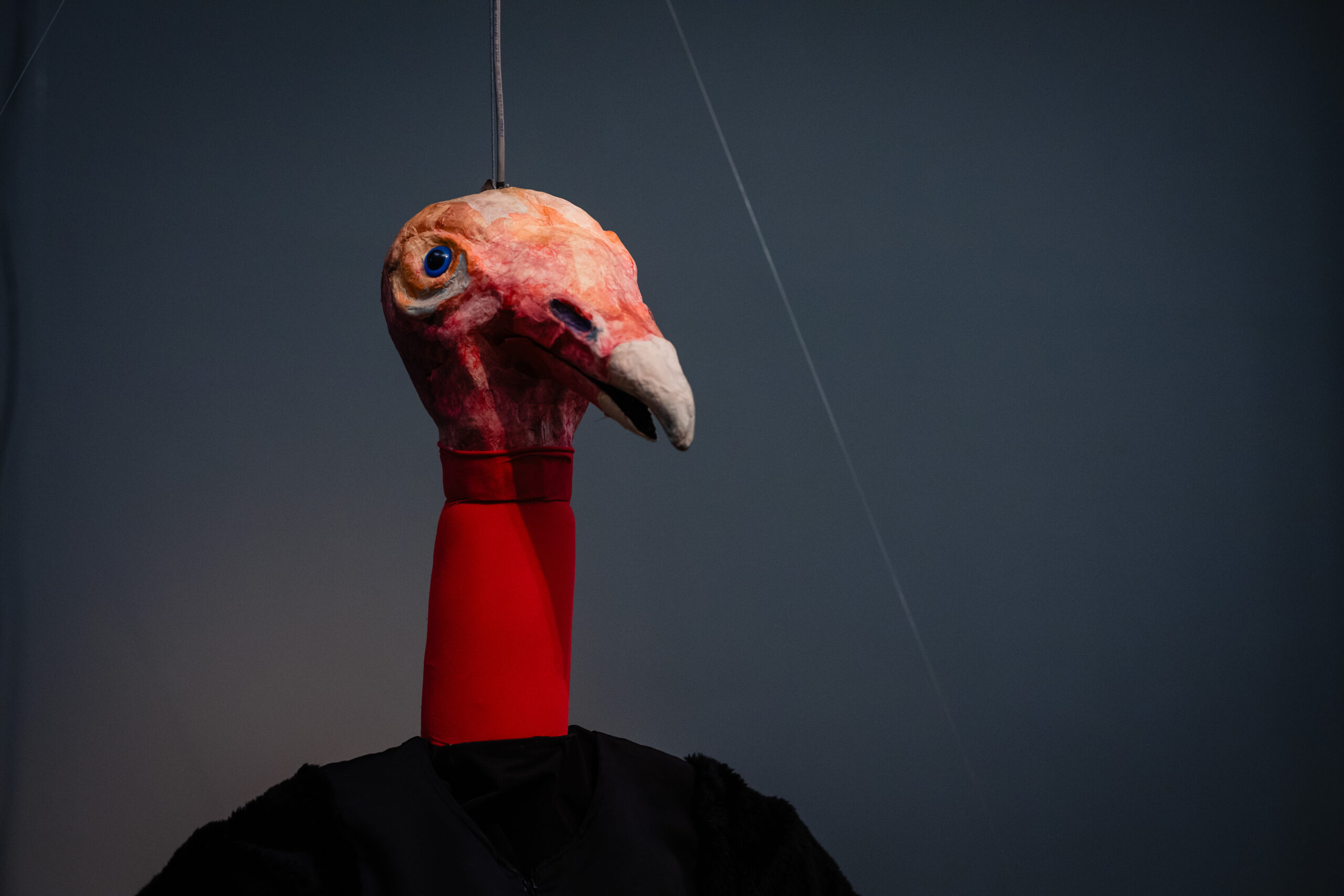
Right now, as wildfires engulf parts of the Mediterranean and North America, as conflict and natural disasters create conditions that force peoples and communities to flee their homes, and as economic pressures are being so keenly felt by the many – a series of concerns and issues that are evermore entwined in our global condition – these artists offer investigations that are nevertheless hopeful in the face of such urgency. Arguably it is not their role to provide answers to the questions posed by the complexity of our age, but the relevance of their vision perhaps indicates ways in which we may find and navigate a path through.
You can find out more about Artes Mundi 10 by visiting the website.
Nigel Prince is the Director of Arts Mundi 10.










